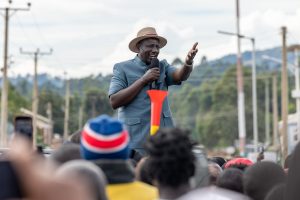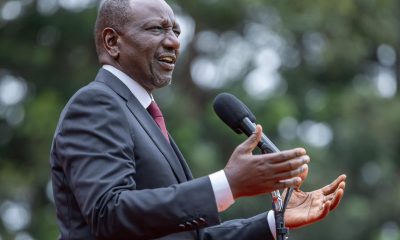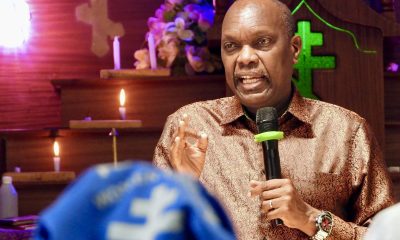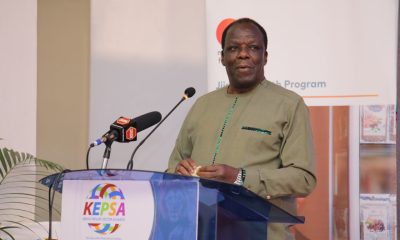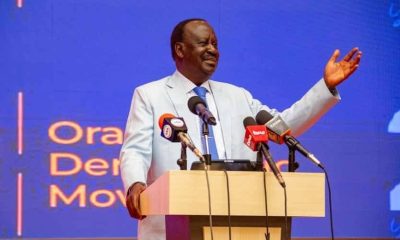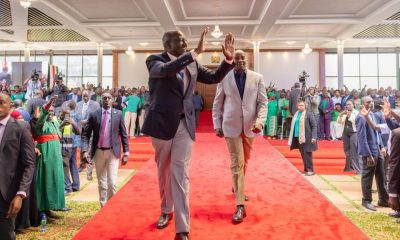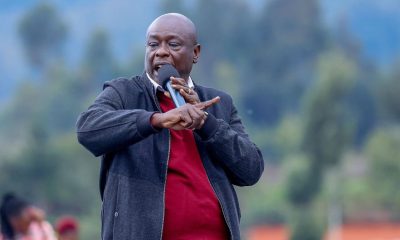Politics
Is Ruto Secretly Funding Peter Salasya’s Anti-Raila Western Region Tour?
Multiple sources within political circles suggest that Salasya’s sudden rise and expansive campaign infrastructure bears the hallmarks of state-backed operations.
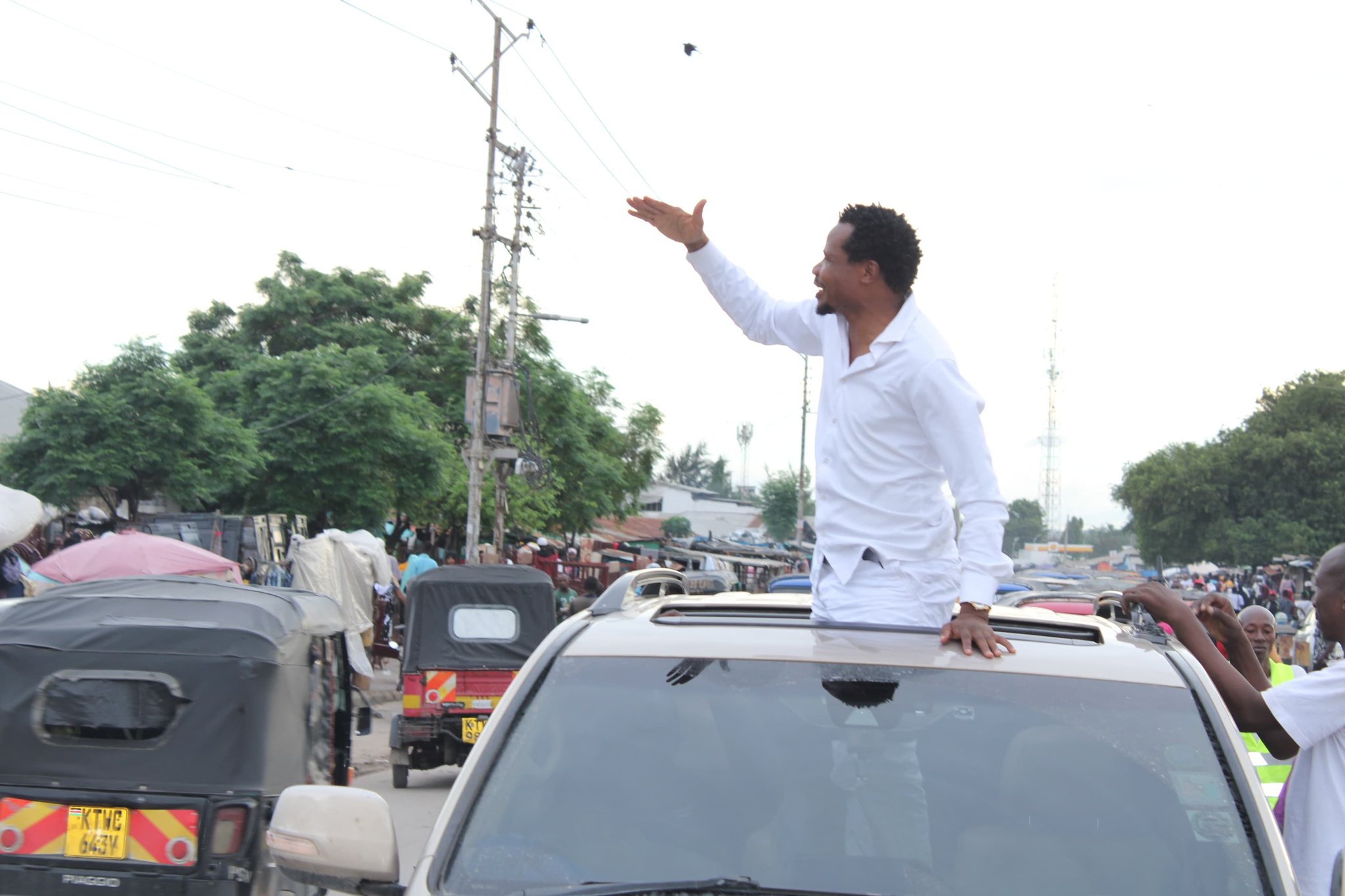
In what appears to be an emerging political chess game ahead of the 2027 general election, evidence is mounting that President William Ruto may be quietly bankrolling Mumias East MP Peter Salasya’s extensive tour across Western Kenya counties—a region traditionally loyal to opposition leader Raila Odinga.
The Unexpected Rise of Peter Salasya
Salasya, the first-term DAP-Kenya legislator who catapulted from obscurity to national prominence after winning his seat with just 12,000 votes in 2022, has recently embarked on an ambitious political campaign spanning five Western counties: Bungoma, Kakamega, Busia, Vihiga, and Trans Nzoia.
“I have broken the history as the first Luhya leader to have traversed the entire Western of 5 counties and do rallies on my own,” Salasya proudly declared during one of his recent rallies.
But questions are emerging about how a freshman MP with modest resources has managed to finance such an extensive political operation—and what his real objectives might be in a region long considered Raila Odinga’s stronghold.
A Strategic Infiltration
Multiple sources within political circles suggest that Salasya’s sudden rise and expansive campaign infrastructure bears the hallmarks of state-backed operations.
President Ruto, facing dwindling support in his once-reliable Mt. Kenya base, appears to be recalibrating his strategy by focusing on Western Kenya.
“President Ruto is playing a long game. Salasya appeals to Gen Z and the broader youth base, a demographic that Ruto knows will be crucial in the next election,” explains Dr. James Wafula, a political analyst at the University of Nairobi.
“He’s using Salasya not just to gain sympathy votes, but to disrupt Raila’s traditional support base in the Luhya community.”
The timing is particularly notable as it coincides with Ruto’s growing challenges in Central Kenya, where his alliance with Deputy President Rigathi Gachagua has shown signs of fracturing.
The Anti-Raila Messaging
While Salasya has not directly attacked Raila Odinga in his speeches, political observers note that his messaging emphasizes “new leadership” and “breaking from the past”—thinly veiled references to Odinga’s long-standing influence in Western Kenya politics.
“The strategy here is subtle but effective,” notes veteran political commentator Mercy Adhiambo.
“By positioning Salasya as a fresh alternative and the new face of Luhya leadership, Ruto is attempting to erode Raila’s support without directly antagonizing him.”
This approach appears designed to avoid triggering the defensive loyalty that direct attacks on Odinga have historically generated in the region.
Following the Money
Financial logistics for political campaigns of this scale typically require substantial resources—campaign vehicles, security, public address systems, mobilization networks, and accommodation for traveling teams.
For a first-term MP without significant personal wealth, the source of such funding remains conspicuously unexplained.
“In Kenyan politics, when you see this level of consistent rallying without clear funding sources, someone powerful is usually footing the bill,” says political economist Dr. Peter Choge.
“The scale of Salasya’s operations suggests institutional backing rather than grassroots financing.”
In a particularly revealing moment during a recent interview on the Obinna Show, Salasya hinted at potential high-level backing: “You never know! Someone at the top might ask: ‘Who controls the youth?’ And they later say, ‘We can give you the money… Peter Salasya, leave the MP seat and be an ambassador of the youth countrywide.’ I can’t refuse such an offer!”
Splitting the Opposition Vote
Political strategists suggest that Ruto’s alleged support for Salasya serves multiple objectives.
First, it aims to fracture the Opposition’s unity in Western Kenya, creating multiple centers of power that would complicate Raila Odinga’s 2027 presidential bid.
Second, by elevating Salasya, Ruto appears to be forcing DAP-Kenya leader and former Defence Cabinet Secretary Eugene Wamalwa—a former key Odinga ally in the region—to focus on internal battles rather than national coalition-building.
“It’s reminiscent of the political playbook used effectively during the Moi era,” says political historian Dr. Chris Bisu.
“Create enough internal division within your opponent’s stronghold that they spend more time fighting each other than fighting you.”
Presidential Ambitions or Decoy?
Adding to the intrigue, Salasya has recently declared presidential ambitions, an unusual move for a first-term legislator. While this announcement has been met with skepticism in some quarters, it serves the strategic purpose of positioning him as a potential spoiler in 2027.
“Whether or not Salasya actually runs is almost irrelevant,” explains political analyst Sheila Munene. “His role may simply be to fragment the Western vote enough to force a run-off, which would give Ruto leverage in post-election negotiations.”
The Youth Factor
Perhaps most concerning for Raila Odinga’s camp is Salasya’s growing popularity among young voters, particularly Gen Z, who have shown less allegiance to traditional political loyalties.
His rags-to-riches story—complete with supporters building him a house known as “Simba” after his election—resonates powerfully with younger voters disillusioned by establishment politics.
“Salasya represents what many young people want to believe is possible in Kenyan politics,” notes youth advocate Michael Omondi.
“That narrative alone makes him valuable to Ruto, who has struggled to connect with younger voters in recent months.”
Deniability and Distance
While the evidence of Ruto’s involvement remains circumstantial, the pattern aligns with established political strategies of creating arms-length proxies to penetrate opposition strongholds.
By maintaining public distance from Salasya’s campaign, Ruto preserves deniability while potentially reaping the benefits of the Western Kenya political disruption.
“The President doesn’t need to be seen with Salasya for this strategy to work,” notes political strategist Diana Meso. “In fact, the effectiveness partly depends on maintaining the appearance of independence.”
Neither the President’s office nor Salasya’s team responded to requests for comment on the funding sources behind the Western Kenya tour.
As 2027 approaches, the question remains whether Salasya will emerge as a significant political force in his own right or simply serve as a tactical instrument in Ruto’s broader strategy to neutralize Raila Odinga’s Western Kenya support base.
What’s clear is that the battle for the Luhya vote has begun much earlier than expected, with new players and hidden hands shaping what promises to be a complex political chess match.
Kenya Insights maintains strict editorial independence. The views expressed in this article are based on reporting and analysis by our political desk and do not necessarily represent the official position of Kenya Insights Media Group.
Kenya Insights allows guest blogging, if you want to be published on Kenya’s most authoritative and accurate blog, have an expose, news TIPS, story angles, human interest stories, drop us an email on [email protected] or via Telegram
-

 Business5 days ago
Business5 days ago‘They’re Criminals,’ Popular Radio Presenter Rapcha The Sayantist Accuses Electric Bike Firm Spiro of Fraudulent Practices
-
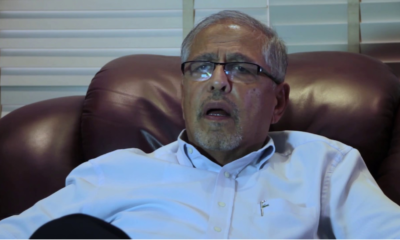
 News1 week ago
News1 week agoTemporary Reprieve As Mohamed Jaffer Wins Mombasa Land Compensation Despite Losing LPG Monopoly and Bitter Fallout With Johos
-

 Sports1 week ago
Sports1 week ago1Win Games 2025: Ultimate Overview of Popular Casino, Sports & Live Games
-
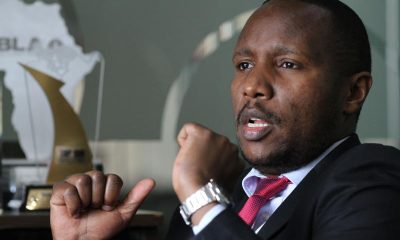
 Investigations1 week ago
Investigations1 week agoFrom Daily Bribes to Billions Frozen: The Jambopay Empire Crumbles as CEO Danson Muchemi’s Scandal-Plagued Past Catches Up
-

 Business1 week ago
Business1 week agoHass Petroleum Empire Faces Collapse as Court Greenlights KSh 1.2 Billion Property Auction
-
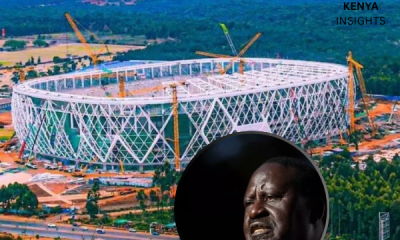
 Investigations5 days ago
Investigations5 days agoDisgraced Kuscco Boss Arnold Munene Moves To Gag Media After Expose Linking Him To Alleged Sh1.7 Billion Fraud
-
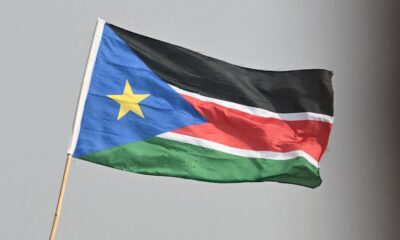
 Africa4 days ago
Africa4 days agoDisgraced Oil Trader Idris Taha Sneaks Into Juba as Empire Crumbles
-
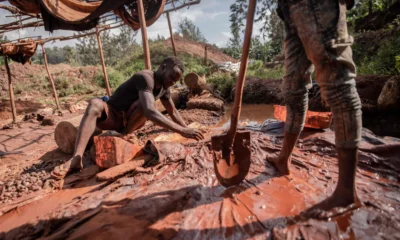
 News1 week ago
News1 week agoShanta Gold’s Sh680 Billion Gold Discovery in Kakamega Becomes A Nightmare For Community With Deaths, Investors Scare

